Landscape photography is particularly challenging, as you have to leave everything up to nature. You have absolutely zero control over whatever goes on in front of your camera. However, you do have all the control over the camera. Photographer Spencer Cox from Photography Life shares nine landscape photography techniques to use in the field:
1. Flip Your Photos Horizontally
“Flip your photos horizontally and then flip them right back.”
This may sound weird but it gives you a new perspective for viewing your photos. When working with your photos in post, you spend a lot of timing staring at the same image. Flipping them horizontally refreshes your mind and make it feel like you’re looking at your photos with new eyes.
Here are some famous images flipped horizontally:
“Countless times this trick has helped me straighten landscape photos that are crooked, crop them to make my message stronger, or even change the elements that I brighten and darken to emphasize in the photo.”
2. Bookend Your Panoramas
Simply take an image of your hand before you begin to shoot a sequence of images for your panorama or HDR images. Once you’re done, take another photo of your hand. This helps you out when sorting the images later for processing.
3. Wait for Patterns
Don’t worry if you happen to miss a good photo opportunity. Nature works in patterns, and there’s a good chance that the missed opportunity will repeat itself. It may take minutes or even days, but it will present itself again. You just need to be patient.
“Light repeats itself, weather repeats itself, and it’s the same with a moving subject like a wave in the ocean.”
4. Refine Your Photos
“Refine your photos in the field. It’s the best chance that you’ll get to fix any problem. So, use it wisely.”
One cannot stress how important it is to get the image as close to the final result as possible in-camera. This saves you a lot of time and resources. Review your shots for proper focus and composition. Reviewing composition will inspire you to make your next image better than the previous one, and you’ll end up improving your own images.
5. Unify Your Message
Keep in mind that your subject and lighting work in harmony. The image will be more effective when the light, subject, and composition are all on the same page.
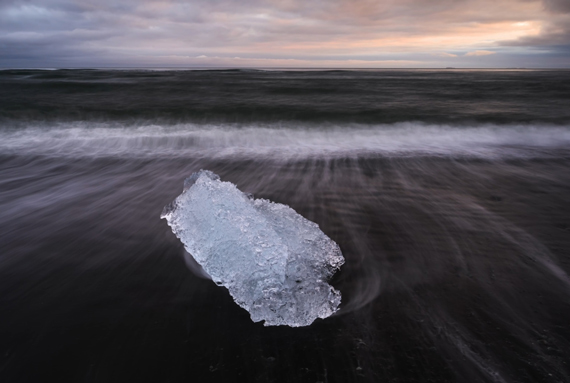
The calm background doesn’t do much justice to the dynamic foreground.
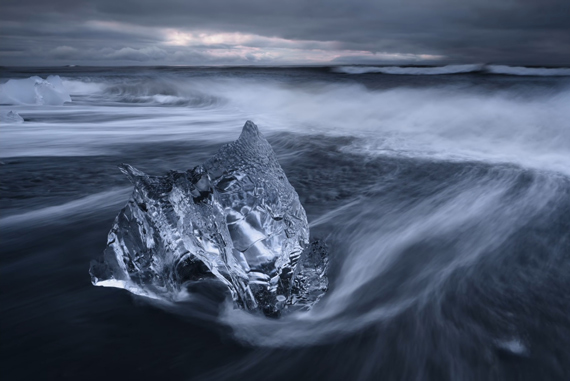
With the color in the background faded a bit, the foreground and the background now give a unified message.
6. Ask Yourself Questions
Ask yourself why you want to take a particular image. What is the message that you want to convey through an image? Why do you want your image to succeed? What kind of composition are you aiming for? Is the lighting right for the subject? If not, what kind of lighting works best?
Questions like this help you refine your work. You will end up taking images deliberately and not just because something is in front of you.
“The more decisions that you make consciously rather than accidentally, the more refined your photo will be.”
7. Move Your Feet
Many landscape photographers are obsessed with their tripods. They set up their camera on a tripod and it stays affixed. But the best images aren’t made this way. Experiment with different perspectives, foregrounds, and other composition elements. You will be able to get more interesting and dynamic shots that way.
8. Know Your Camera
“Sometimes even in landscape photography, even a couple seconds can make all the difference in the world. You need to know how to operate your camera practically blindfolded.”
Be sure to know your camera through and through. Understand each menu item and all the functions in your camera. See if your camera has the option to create a custom menu where you can place the most commonly used settings. This will make your working style more efficient.
Knowing how to operate your camera well comes in handy especially when taking photos under difficult conditions. And difficult conditions are great opportunities for you to create some of the best images.
9. Be Diligent About Which Photos You Display
“Even Ansel Adams said that one successful photo a month is a good crop.”
You do not need to show every photo that you take. Take time to select some of your best work and display only those. A good photographer does not showcase their bad photos.
“A couple of bad photos can drag down the quality of an otherwise amazing portfolio.”
Some of these tips are a bit unorthodox. Give them a try and see for yourself how they’ll improve your landscape photography.
Like This Article?
Don't Miss The Next One!
Join over 100,000 photographers of all experience levels who receive our free photography tips and articles to stay current:


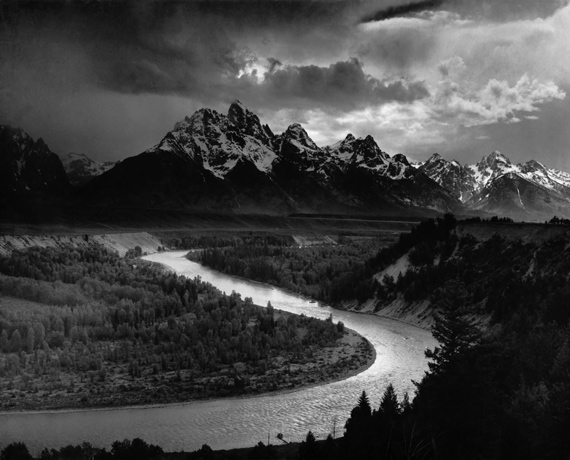
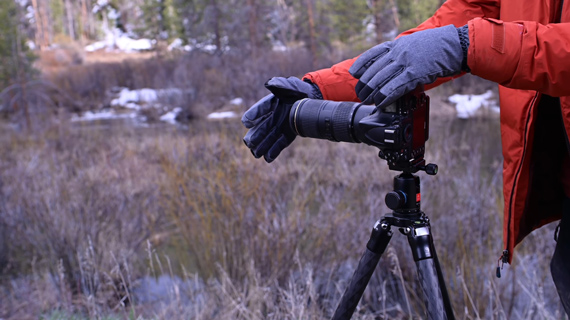
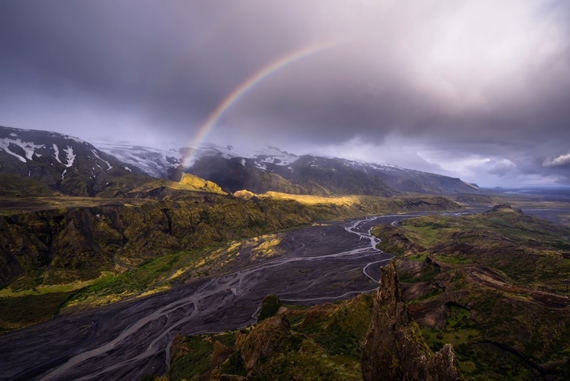
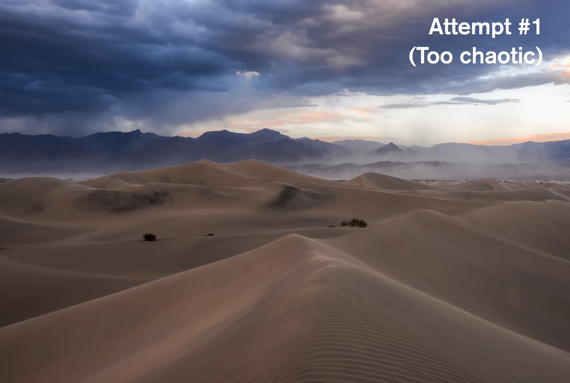
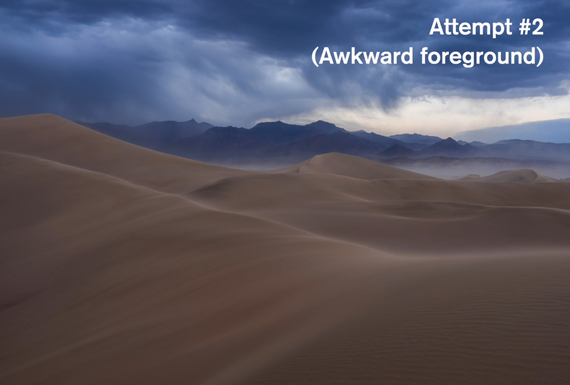
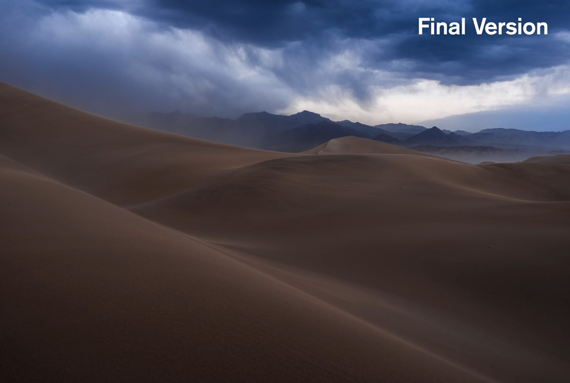
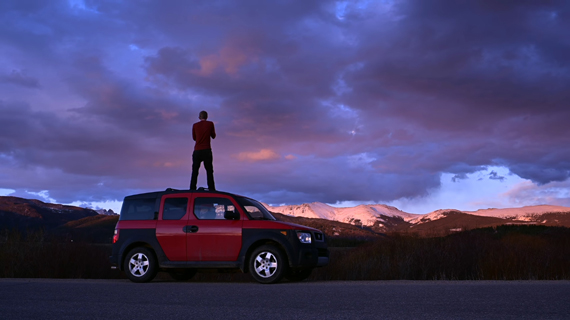
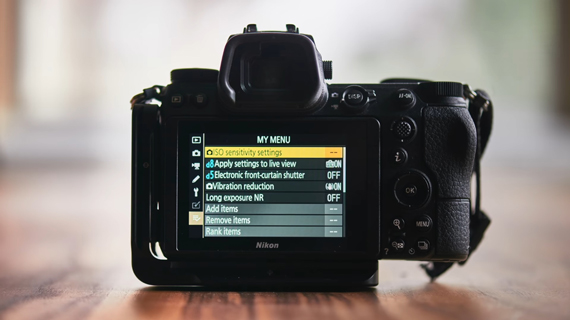






Leave a Reply